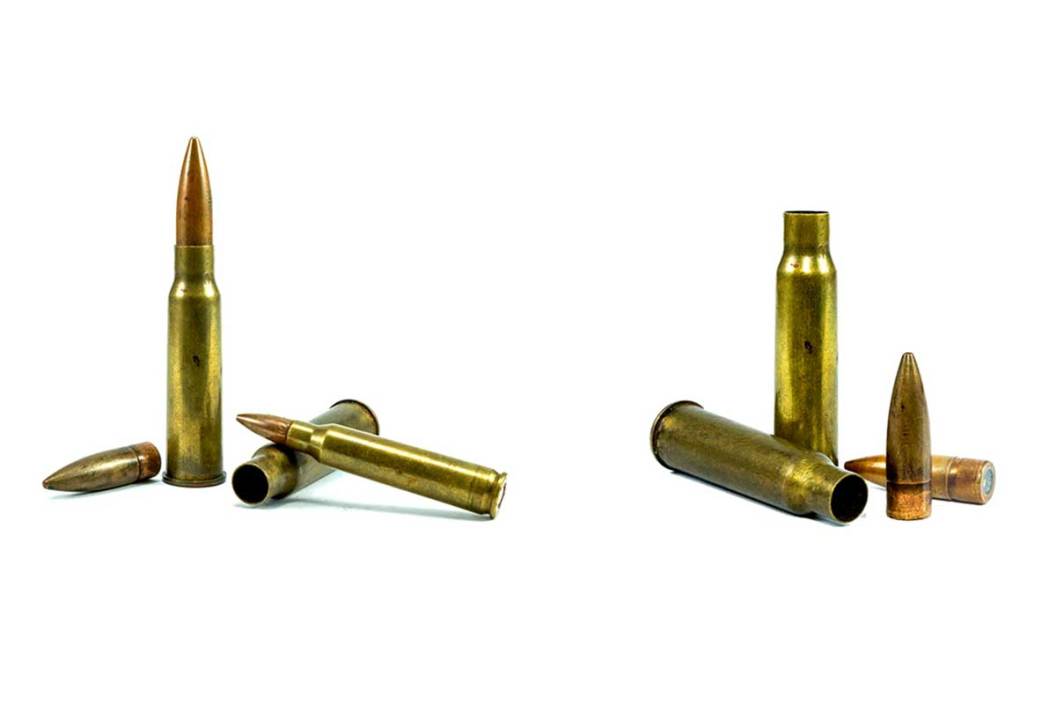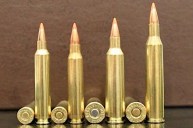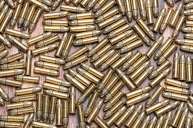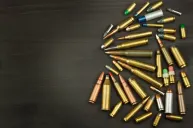Back in 2020, we worked long and hard to create a basic resource for our readers: The Big Glossary of Gun Terminology A-Z and it was a big success. As big as it is, we realized that not every single bit of firearm terminology was included. To remedy that, we'll define the incredibly important issue of bullet setback.
Although this is mostly an issue for every day carriers, it is important to know that this issue can happen to virtually any round of ammunition that has a brass case. Firearms with a "steep" feed ramp can see the cartridge "hit the wall" and drive the bullet back into the case on its way up and into the chamber. This is what is referred to as bullet setback. This is a safety issue, plain and simple, that can happen to any shooter. As important as vigilance is, knowing how to prevent it, what to do with rounds of ammunition that have experienced setback, and how to avoid it are extremely important to having a safe and happy firearm use whether you are at the range or in the hunting field.
A Closer Look at Bullet Setback

Bullet setback occurs when the nose of the cartridge strikes the barrel's feed ramp, or some other internal part, while the round is being chambered. This is a unique and undesirable condition where some of the mechanical forces acting on a loaded cartridge causes the actual bullet to be pressed back into the brass casing (reducing the cartridge in overall length) and creating a potentially dangerous situation.
Truthfully, a certain amount of setback in ammunition is fairly common, but in the thousandths of an inch category. When it comes to ammunition that is routinely loaded and unloaded, some rounds can be setback in by a hundredth of an inch or more, which can lead to an issue, and to the point of being dangerous. Since there isn't a whole lot of room inside of any casing, a setback bullet can cause a spike in the chamber pressure of the round, which in turn can cause damage to the firearm. Sometimes, catastrophic damage.
Since each individual firearm is designed for a specific cartridge, one that is made for a maximum amount of pressure in that firearm's chamber to be safe for discharge, having a setback bullet in the case can be bad. It can cause the pressure of the round to be too high for the firearm to handle. Setback ammunition can also cause the casing to expand and become stuck inside of the chamber without ejecting. Not every caliber of ammunition is the same, and not all amounts of bullet setback are equally dangerous, but it can be. You may have fired a setback round without even knowing it, but ultimately any setback can be dangerous and it should be every shooter's job to be vigilant for it.
Watching for and Avoiding Bullet Setback
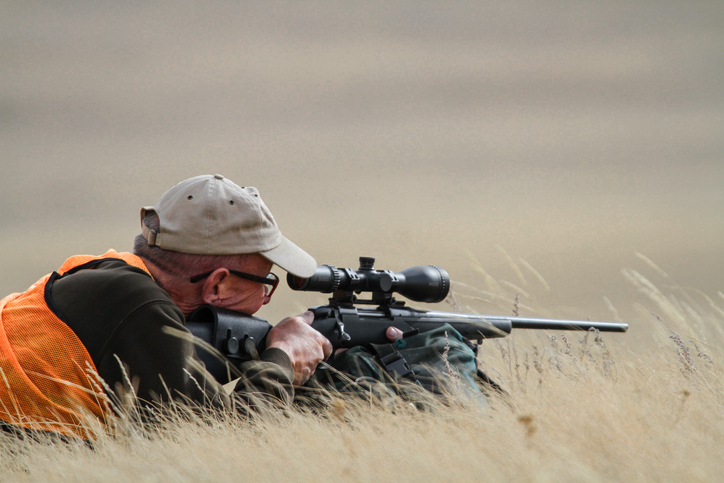
Setback in rifle rounds may not be as severe since there is more room in the casing, but it can cause a rifle round to become far less accurate, a flaw hunters and competitive shooters can't afford.
There is one main way to check for bullet setback. When removing the ammo after a day of hunting or time spent out on the range, a simple check is to compare the rounds that have been placed in the magazine with rounds from the box for length and damage. Any round that shows the signs of being pushed back into the casing should be disposed of properly to make sure that it doesn't get into the chamber again.
Another simple way to avoid bullet setback is by loading the first round by hand. It's a very easy process to open the chamber, slide in the first round, and close it before adding the magazine. Avoiding the feed ramp in the first place doesn't mean the rounds will last forever and that they don't need to be changed out, but it can help to prolong the life of the ammo.
In most cases, the design of rifle rounds make it harder for the bullet to be setback because the shoulders of the ammunition allow for easier chambering, but longer rounds such as .300 Winchester Magnum can take a beating on the feed ramp. It's not common, but bargain ammo can be more easily setback, and it is said that it can even happen due to strong recoil and poor crimping.
While crimping issues are certainly more common by those who reload their own ammo, it can happen in any rifle round. One way that some manufacturers of ammo reduce or stop the risk of bullet setback is to add an external crimp that acts as a mechanical stop to prevent the bullet from moving back into the casing after repeated chamberings. These types of ammunition are generally more expensive since they cost the manufacturer an extra step in the process, but it is well worth the extra money.
In the long run, bullet setback may not ever really impact you or your shooting, but it could potentially cause catastrophic damage to your firearm, which could cause serious injury to you or whoever's shooting it. Take precautions, keep an eye out, and do your best to avoid bullet setback as much as you can.
Please check out my book "The Hunter's Way" from HarperCollins. Be sure to follow my webpage, or on Facebook and YouTube.
